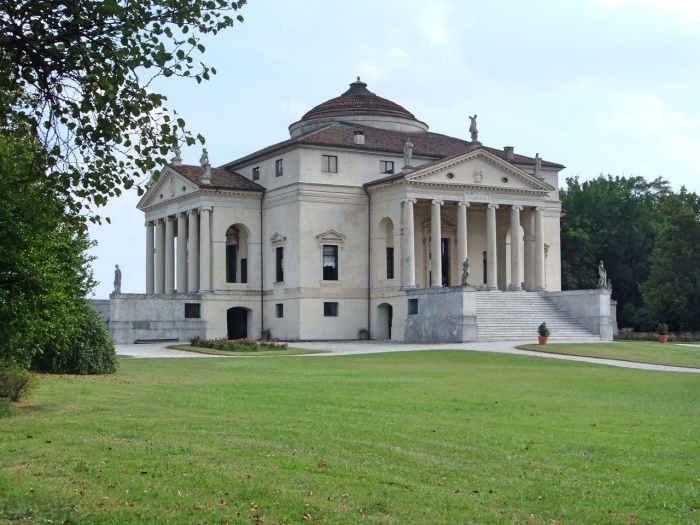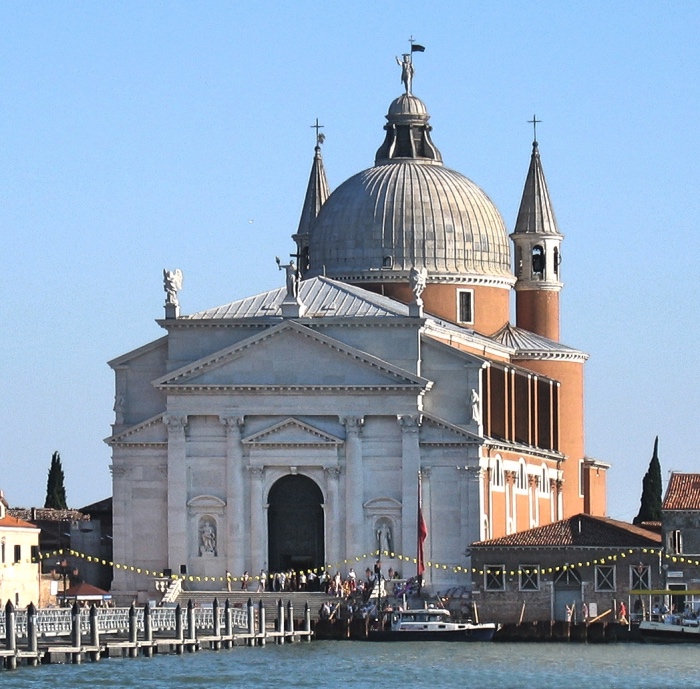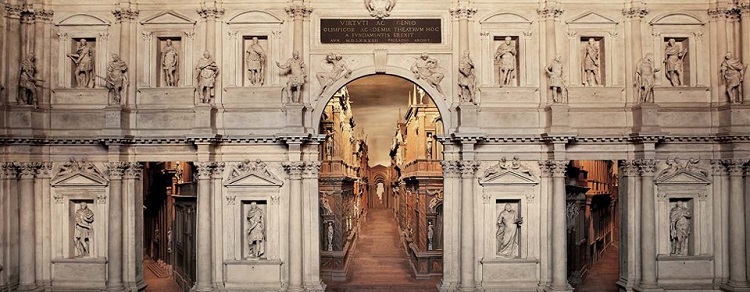
La rotonda di Andrea Palladio. Image source: MoseViero.it
ANDREA PALLADIO: WHO HE WAS AND WHAT HE DID
Andrea Palladio was born in Padua in 1508 into a family of humble origins. At the age of almost 13 he began his apprenticeship as a stone cutter in Padua, and then he attended the workshop of the most important sculptors in Vicenza, Giovanni di Giacomo da Porlezza and Girolamo Pittoni da Lumignano.
Between 1535 and 1538 he met Giangiorgio Trissino, humanist poet and scholar who took Palladio under his wing.
This encounter and this friendship changed completely the life of Andrea Palladio, allowing him to receive a cultural training based on classical studies.
Thanks to Trissino, Andrea Palladio visited Rome several times, and there for the first time he came in contact with architectures he had seen only in reproductions and drawings.
Those trips to Rome allowed Palladio to observe the buildings and to study the materials, but also to meet the greatest artists of his time, such as Michelangelo, Giulio Romano, Bramante and Sebastiano Serlio.

Basilica del Santissimo Redentore, progettata da Andrea Palladio.
Image source: fr.wikipedia.org
In 1540 Andrea Palladio began working autonomously, and in 1549 he was already at the peak of his success, with the restoration of the Basilica of Vicenza.
From that moment on, he would be very sought after by noble families of the Veneto, creating the most beautiful and copied works in history of architecture, from the prestigious buildings of the historic centre of Vicenza, up to the large villas, called, indeed, “Palladian”, included in the World Heritage List.
Andrea Palladio, however, is not only a great architect, but also the author of “I quattro libri dell’architettura” (The Four Books of Architecture), considered to be the most important treatise on Renaissance architecture.
It consists of 4 volumes, published in 1570, which the architect began writing when he was only 22 years old.
The essay contains the drawings which show Palladio’s ideas, and, moreover, it glorifies the superiority of classical architecture.
SEE ALSO: Villa La Rotonda designed by Andrea Palladio.
This publication was, and still is, a source of inspiration for the majority of architects of following generations, so that Palladio’s style influenced the construction of European and American buildings, with an unparalleled spread.
In 1580 Andrea Palladio began his last work, the construction of the Teatro Olimpico (the Olympic Theatre), the first roofed permanent theatre in the world.

Teatro Olimpico di Vicenza – interni.

